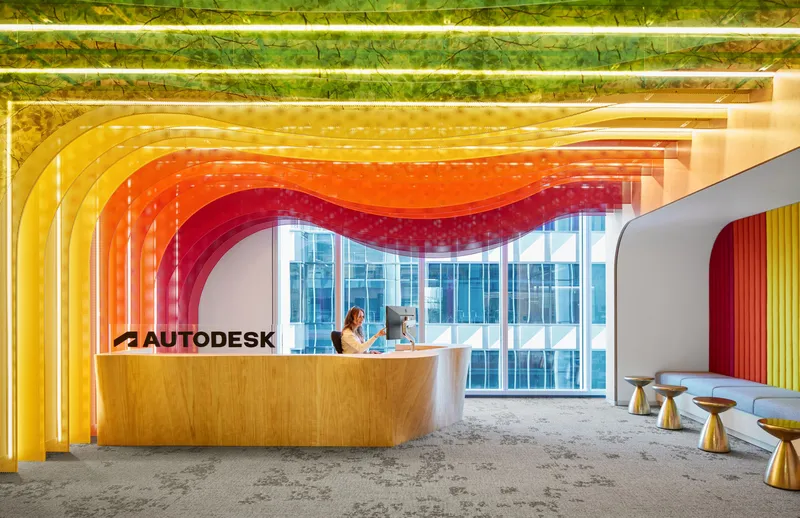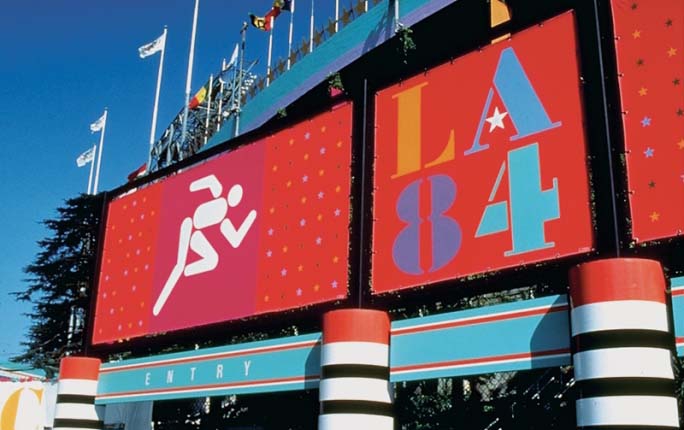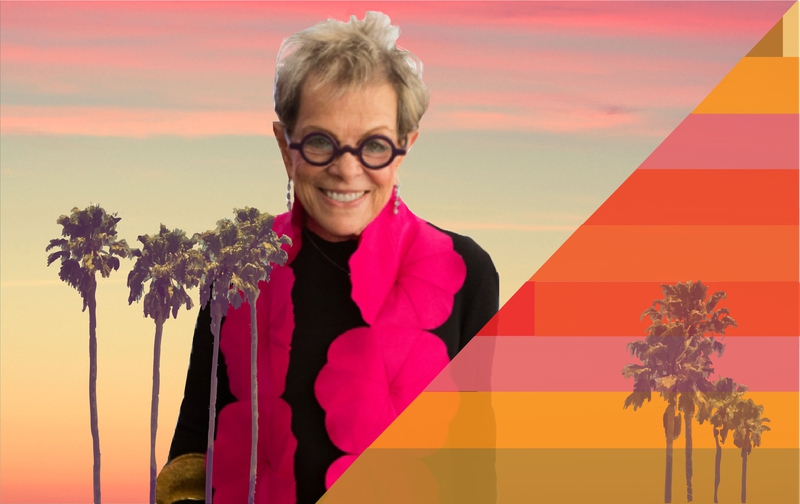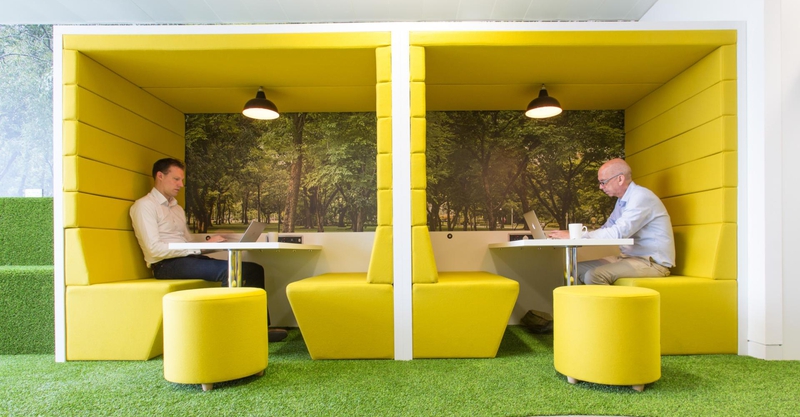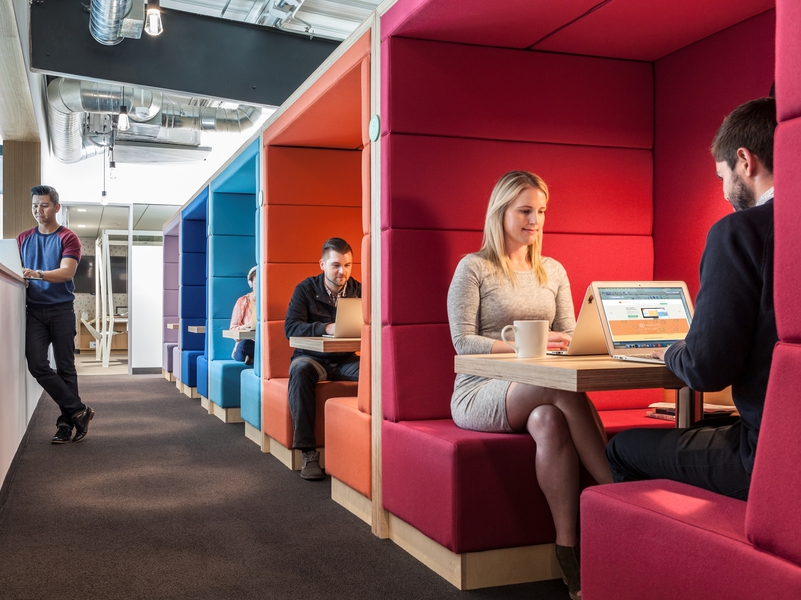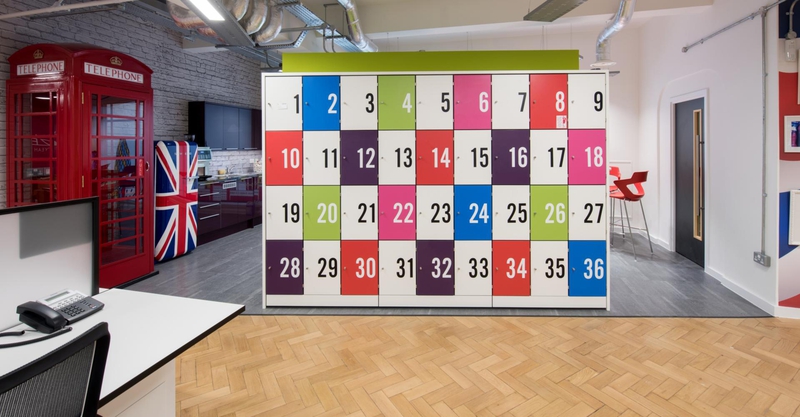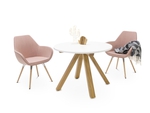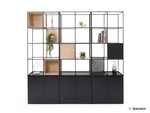12 Oct 2017
Industry Trends
Join us on our inspirational tour through California, where we'll introduce you to our most influential designers... California Cool was one of the most inspiring design movements of the 20th century, bringing a wide variety of creative influencers from the 1940s onwards. Many of our own furniture products here at Spacestor are inspired by the heritage of Californian design so we’d like to take a moment to introduce a movement that has changed the way we live, and the way our world looks now.
The New Way of Living
In the words of Justin McGuirk, curator of this summer’s blockbuster exhibition “California: Designing Freedom” at the Design Museum, London, the Golden State is “a place that takes personal liberty and the idea of freedom seriously, and this has been translated into the designs and technologies born there.” Since the end of World War II, Californian designers were busy inventing a new way of living that was characterised by optimism, experimentation and daring. They believed that good design would make for a better world, and history has proved them right.

The Design Museum's "California: Designing Freedom" exhibition

The Design Museum's "California: Designing Freedom" exhibition
But what else did Californian designers have in common? Certain themes have cropped up again and again, including: an innovative approach to the way things are made and the materials they are made from; a love of originality; a desire to provide cutting-edge design for everyone, for the many not the few; a fondness for vibrant colours and psychedelic patterns; and a spirit that’s laidback, open-minded and free from constraints. Above all, they made things that were cool, and modern.
A Collaborative Approach
The legendary husband-and-wife design team Charles and Ray Eames’s old home in Pacific Palisades, Los Angeles is still maintained as a museum of airy, open living, and remains a great source of inspiration for anyone with an interest in California Cool; we can’t recommend a visit there enough. However, in the decades following World War II, it was really the Eames’s Venice Beach office that became a creative hub around which designers congregated, and where they collaborated on all kinds of interdisciplinary projects.

Charles & Ray Eames
For instance, Deborah Sussman worked as its art director for a decade, taking on such unusual projects as going to Mexico to photograph particularly captivating examples of its indigenous folk culture for the Eames’s 1957 film “Day of the Dead”. She later went on to found her own practice and designed the joyful, prismatic graphic identity of the 1984 Los Angeles Olympics.

Deborah Sussman's designs for the 1984 LA Olympics
One distinctive feature of the time was that graphic designers, furniture designers, architects and artists were all cross-pollinating one another’s ideas in ways that weren’t happening elsewhere. On the sunny West Coast, the boundaries that traditionally existed between their disciplines were completely disregarded; the style of California Cool became a style of collaboration, and this is yet another way in which it was ahead of its time. Of course it helped that the 1950s were a golden age for Southern California.
In Los Angeles at the time there were artists like a young Ed Ruscha, making his paintings of gas stations, jazz musicians like Charles Mingus, even avant-garde composers like Arnold Schoenberg. Only a short drive away in Palm Springs, architects such as Richard Neutra were making futuristic buildings that would come to define mid-century modernism.
Meanwhile the booming entertainment industry was sending bold examples of Californian graphic design around the world: from John Van Hamersveld’s psychedelic posters for countercultural icons like Jimi Hendrix, to Saul Bass’s paper cut-out title sequences. Together, they were inventing the way the modern world would look.

John van Hamersveld's iconic poster: The Endless Summer
The Spirit of California
Californian designers wanted to create a completely new aesthetic – and they succeeded. But it was also about more than just an aesthetic. California Cool represents a spirit that’s modern, easy-going and highly desirable. It came from a time when the world was a blank canvas and minds were wild and free, and it’s because of this that so many of the designers associated with the movement are still such huge influencers today. California, as Louise Sandhaus describes in her book “Earthquakes, Mudslides, Fires and Riots: California and Graphic Design, 1936–1986”, will always be “a place of boundless reinvention and innovation … a place of great creativity, freedom, and social consciousness, where the status quo undergoes constant renovation.”
California Cool will never go away, and in the following weeks we’ll be introducing you to a selection of our favourite Californian designers right here on our blog.
Share this article




